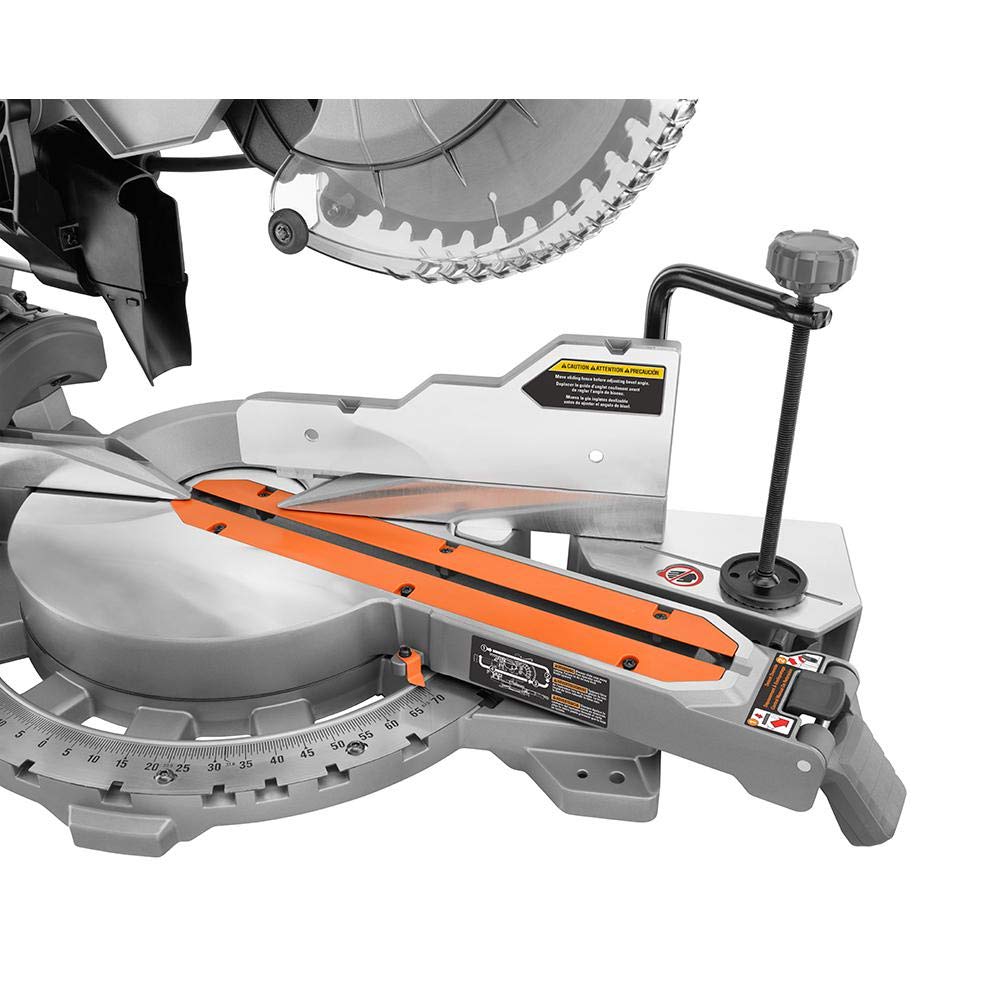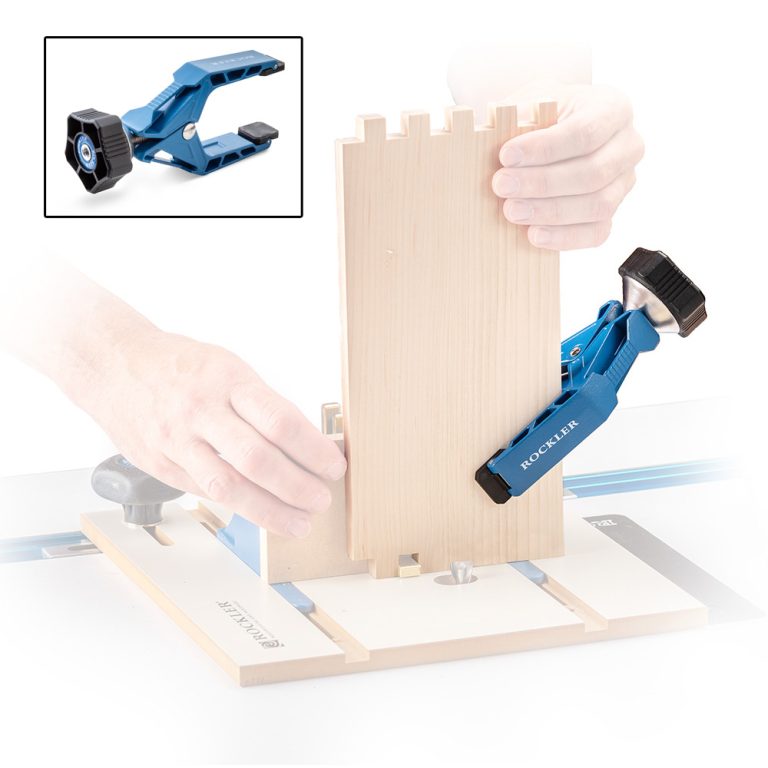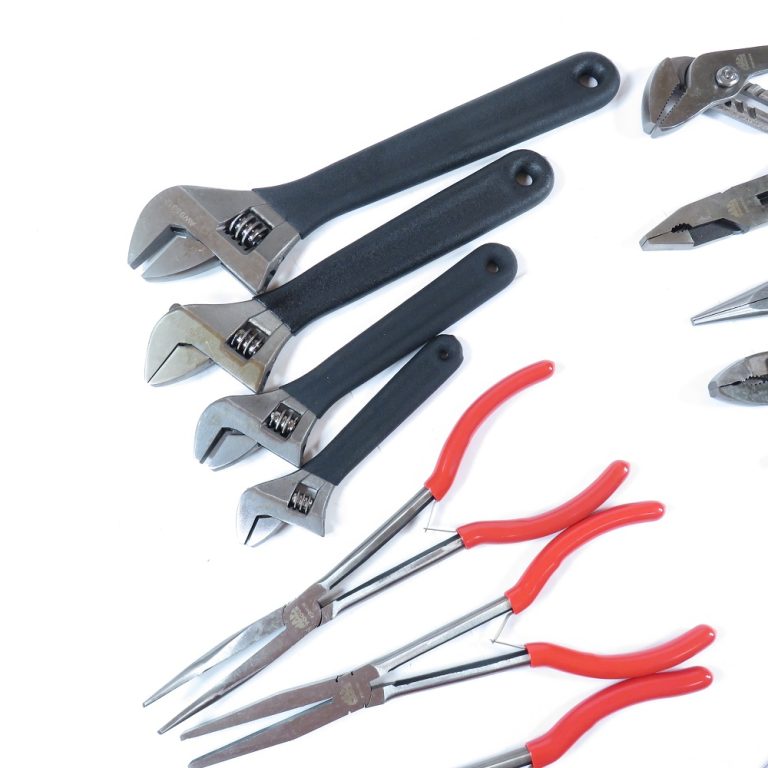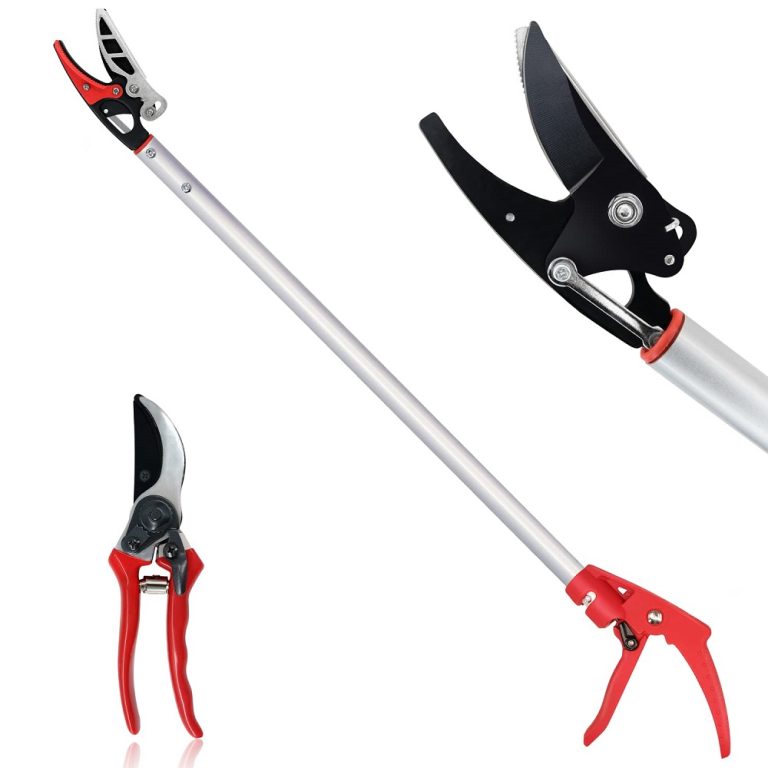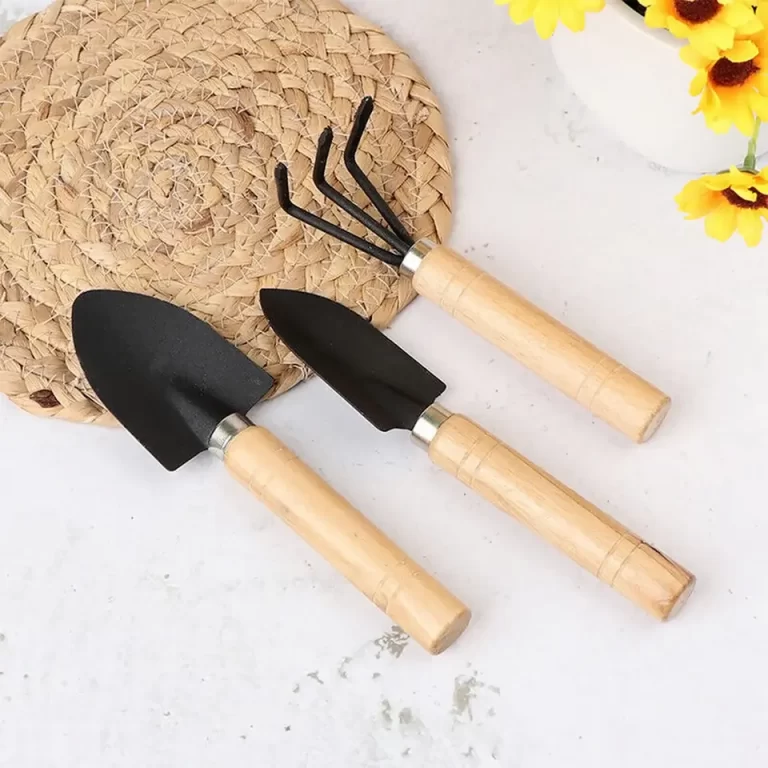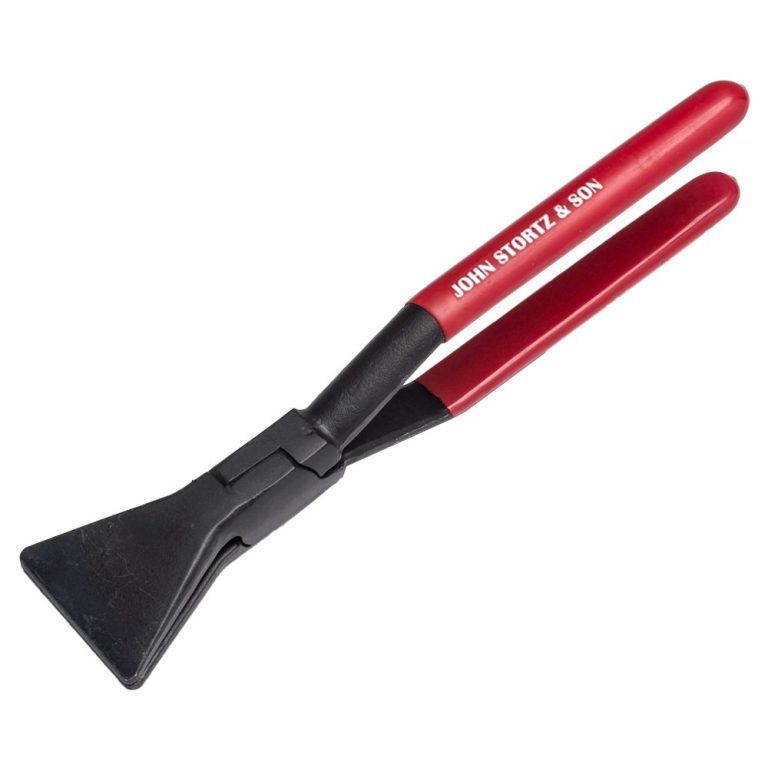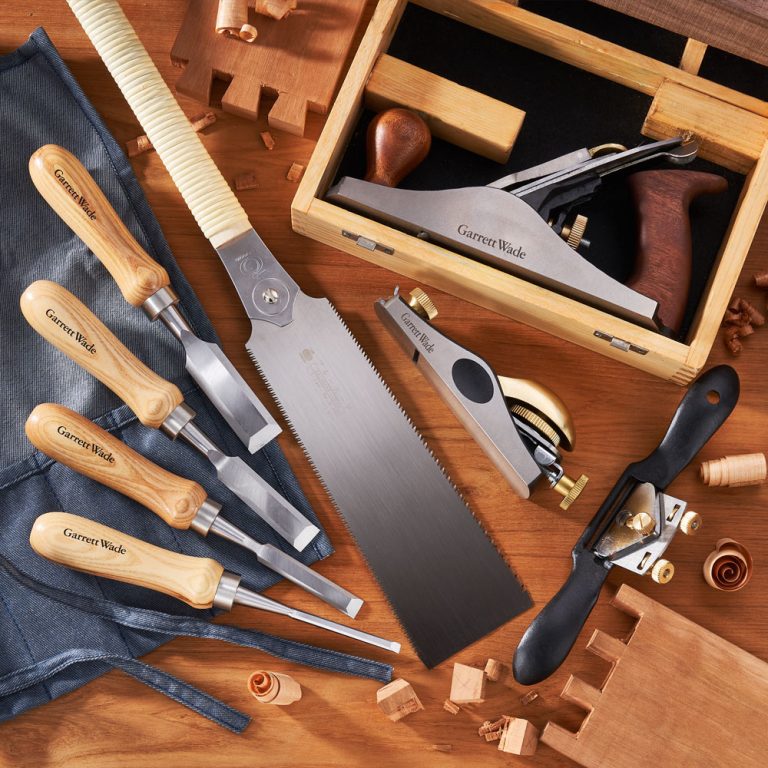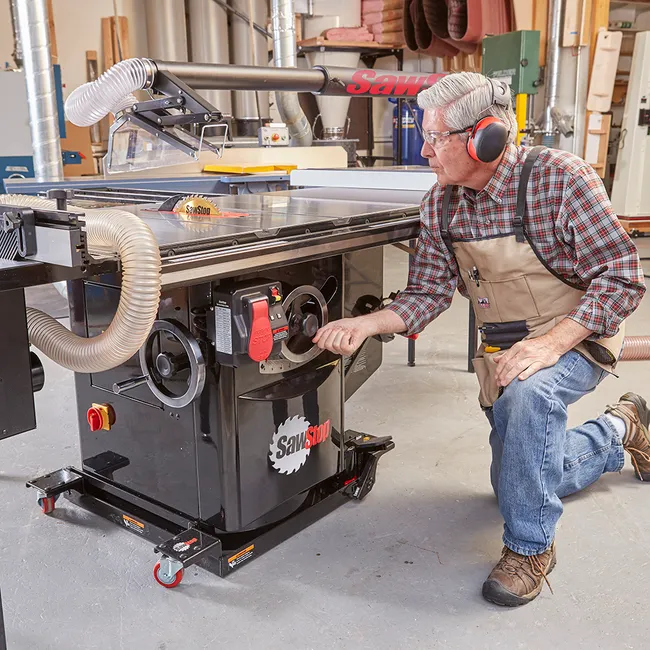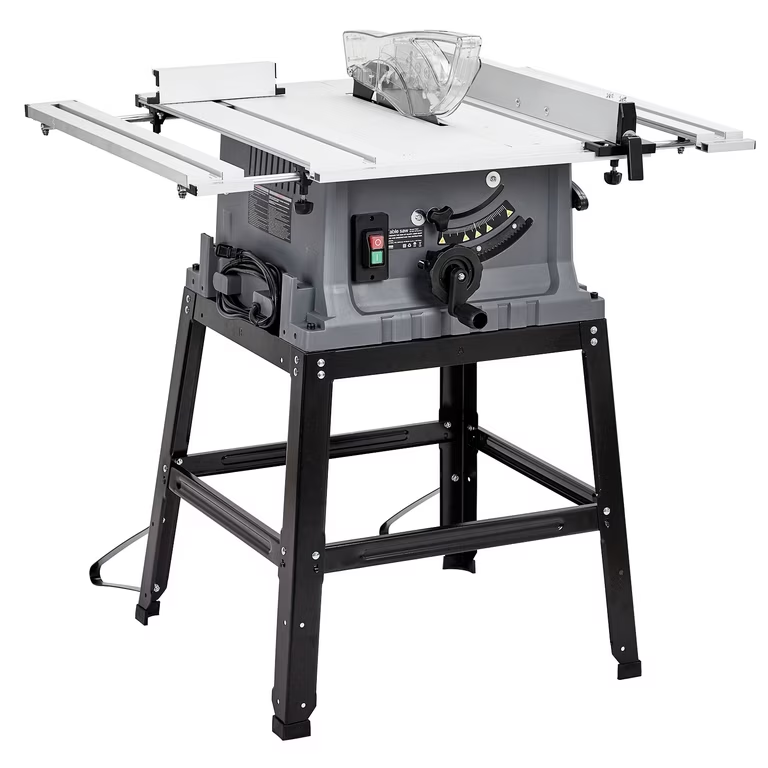Introduction to Sliding Miter Saws
Sliding miter saws are a staple in woodworking shops. They offer precision and versatility for cutting tasks. These tools allow for a wide range of cuts. These include crosscuts, miter cuts, and more advanced bevel and compound cuts. The sliding feature enables the saw blade to move forwards and backwards. This motion increases the cutting length beyond the blade diameter.
As you consider adding a sliding miter saw to your toolkit, understanding the basics is critical. This introduction focuses on their design and function. Sliding miter saws have several key components. These include a blade, a motor, and a cutting platform. Each part plays a vital role in the saw’s overall performance. We will explore each component in the upcoming sections.
Professionals and DIY enthusiasts alike prefer sliding miter saws for their projects. They are ideal for detailed crown molding, framing, and other precise woodworking. Their ability to make angled cuts with ease is unmatched. Moreover, these saws are an investment in efficiency and accuracy.
When shopping for sliding miter saws, it is important to note the features. We will discuss these features further in this blog. They include laser guide systems, dust collection capabilities, and more. Additionally, we’ll delve into the importance of blade size, motor power, and safety features.
In conclusion, whether you’re a seasoned woodworker or a hobbyist, a sliding miter saw can be a valuable asset. It enhances the quality of your work and helps in achieving professional results. Keep reading to learn how to choose the best sliding miter saw for your needs.

Key Components of a Sliding Miter Saw
Understanding the key components of a sliding miter saw is essential. It determines how well the saw performs. Let’s break down the crucial elements.
Blade Size and Types
Blade size impacts the depth of the cut. Most sliding miter saws range from 8 to 12 inches. Larger blades handle thicker materials. The type of blade also matters. Blades vary in tooth count and material. More teeth create smoother cuts. Carbide-tipped blades last longer. Select the blade based on the material and cut quality needed.
Motor Power and Speed
Motor power affects the saw’s ability to cut through materials. Look for saws with at least 10 to 15 amps. This provides sufficient power for most tasks. Speed, measured in RPM (revolutions per minute), also plays a role. Higher speeds deliver cleaner cuts. Adjustable speed settings are a bonus for work on different materials.
Important Features of Sliding Miter Saws
In your search for the ideal sliding miter saw, several features stand out. These enhance precision and convenience in your cutting jobs. They improve safety and reduce clean-up time as well. Beyond the blade size and motor power, let’s dive into two more aspects you should consider.
Laser Guide Systems
A laser guide system is key for accuracy. It projects a bright line where the cut will occur. This ensures cuts are straight and true. No more guesswork. Just align your material with the laser line, and you’re set. It is ideal for intricate projects. This feature speeds up work and boosts confidence in your cuts.
Dust Collection Efficiency
Keeping your workspace clean is crucial. It’s about more than tidiness. It’s a health matter too. Efficient dust collection systems matter. They capture sawdust as it’s produced. This keeps your workspace clear and your air breathable. Look for saws with good dust ports and collection bags. They make a big difference. With less dust, you also maintain visibility of your cut line. A cleaner saw also means less maintenance trouble down the road.

Types of Cuts and Cutting Capacity
Sliding miter saws enable a variety of precise cuts. Let’s explore the versatile cutting options these saws offer.
Crosscuts and Miter Cuts
When working with wood, crosscuts and miter cuts are common requirements. Sliding miter saws excel at these. Crosscuts are straight, across the grain of the wood, ideal for trimming lengths. Miter cuts are angled, typically for corner joins. Precision is key, and that’s where sliding miter saws shine. They guarantee the accuracy needed for framing and other precise woodworking tasks, without losing the ease of use.
Bevel and Compound Cuts
Bevel and compound cuts add complexity and creativity to your projects. A bevel cut is an angled cut through the thickness of the material. Compound cuts combine a miter and bevel cut, perfect for crown molding and more intricate designs. The sliding feature of these saws is critical. It allows the blade to tilt and slide, providing the increased range needed for such complex cuts. Knowing your saw’s cutting capacity is essential to match its capabilities with your project needs.
Safety Features to Consider
When buying sliding miter saws, safety is key. Several must-have features keep you protected. Here are some to look for:
Electric Brake
An electric brake can stop the blade within seconds. This reduces risk of an accident after a cut is made.
Blade Guard
A blade guard is a cover for the blade. It shields you from contact when the saw is active. It retracts when cutting and returns after.
Safety Clamps
Safety clamps hold your workpiece in place. This ensures it doesn’t slip while cutting. It adds to your control and safety.
Lockout Trigger
A lockout trigger prevents accidental starts. This safety feature requires a deliberate action to activate the saw.
Spindle or Shaft Locks
These locks make blade changes safer. They secure the blade to prevent movement while you replace or adjust it.
In summary, don’t overlook safety features. They are as important as the cutting capabilities of sliding miter saws. Look for saws with these features and read the manual for safe operation.
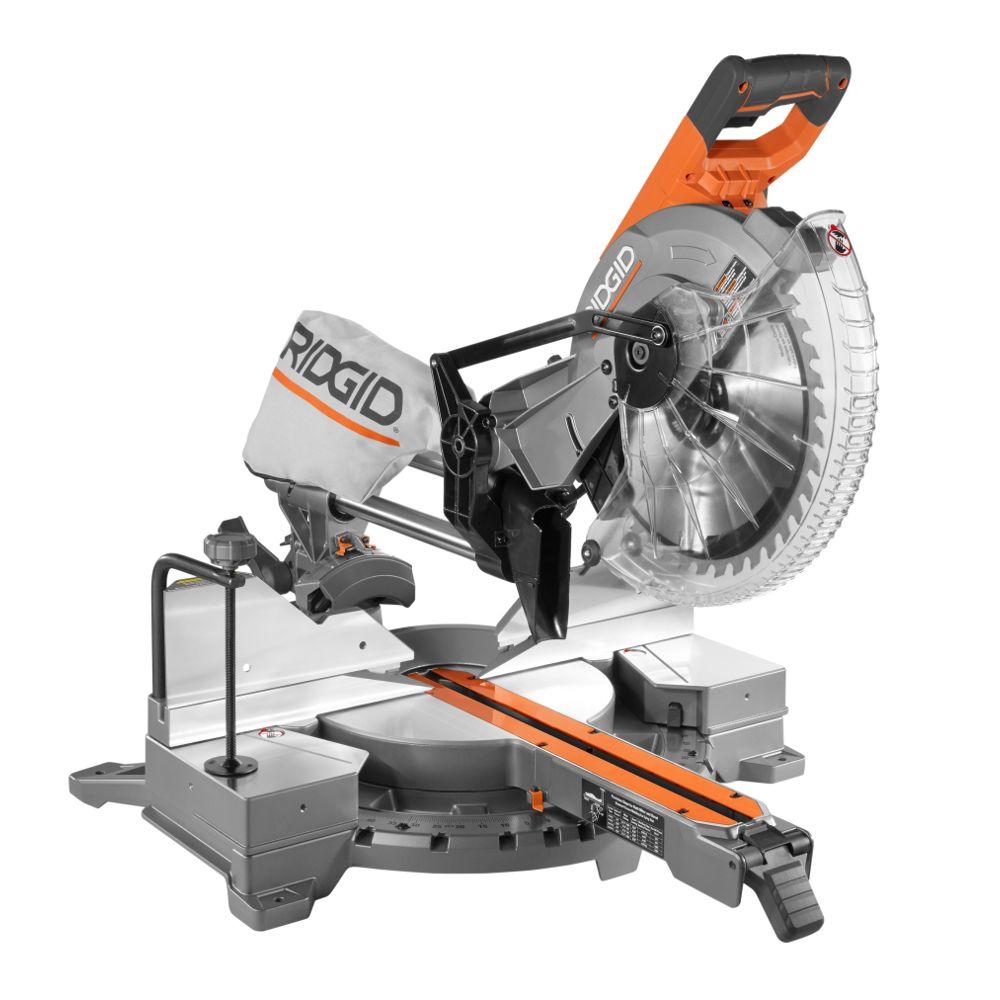
Maintenance and Upkeep Tips for Longevity
Proper maintenance is crucial for the long-term performance of sliding miter saws. Regular upkeep not only ensures consistent accuracy and safety but also extends the lifespan of your investment. Here are some key maintenance tips to follow:
- Keep it Clean: After each use, clean the saw. Remove sawdust from the blade and cutting area. Clean tools work better and last longer.
- Inspect and Replace Blades: Check blades regularly for wear. Dull or damaged blades can be dangerous. Replace them as needed for clean cuts and safe operation.
- Lubricate Moving Parts: Apply lubricant to all moving parts occasionally. This ensures smooth operation and prevents rust.
- Tighten Loose Parts: Screws and bolts can loosen over time. Check and tighten them to prevent wobbly cuts or potential hazards.
- Check Alignment: Periodically verify the saw’s alignment. Misalignment affects cut accuracy. Adjust as per the manufacturer’s instructions.
- Monitor for Signs of Wear: Look for signs of wear in all components. Address issues early to avoid breakdowns.
- Read the Manual: Always refer to your saw’s manual. It has specific maintenance advice for your model.
By sticking to a regular maintenance schedule, your sliding miter saw will remain reliable for years to come. Care for your tool, and it will care for your projects in return.
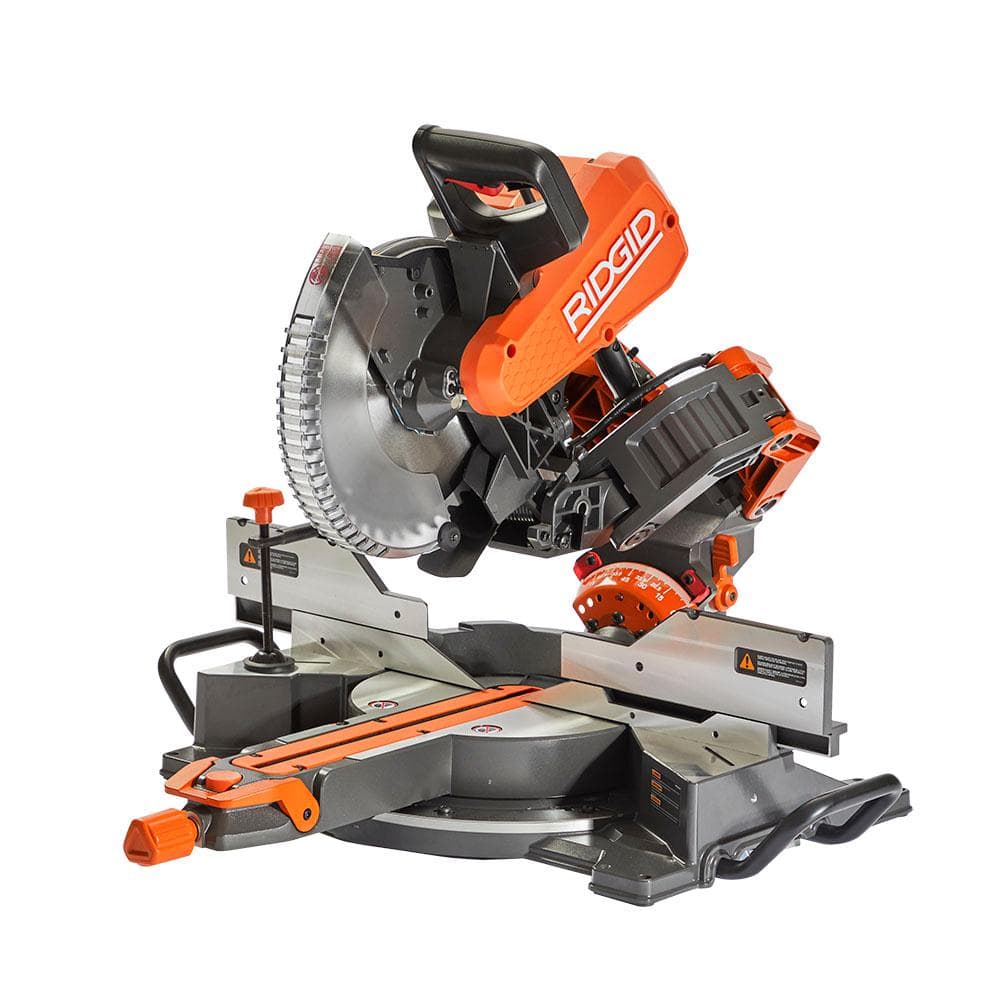
Popular Brands and Models
When seeking the best sliding miter saws, brand reputation is crucial. Popular brands often bring reliability and quality to the table. Let’s look at some leading names in the industry.
Dewalt
Dewalt is a trusted name among professionals. Their saws come with powerful motors and durable designs. Features like LED work lights and adjustable stainless steel miter detent plates make their models a top choice.
Bosch
Bosch offers innovation with their sliding miter saws. Their models include features such as upfront bevel controls. This makes bevel adjustments quick and hassle-free. Their precision and power stand out.
Makita
Makita is known for making lightweight and highly accurate saws. They offer dual-bevel sliding miter saws that are easy to use. Their saws often feature direct drive motors. This reduces maintenance and improves efficiency.
Milwaukee
Milwaukee’s saws are renowned for durability and fine craftsmanship. They provide excellent power and are ideal for heavy-duty tasks. Their sliding miter saws often include advanced features such as digital miter angle readouts.
Hitachi/Metabo HPT
Hitachi, now known as Metabo HPT, has a solid reputation for quality. Their sliding miter saws are user-friendly and offer smooth cutting experiences. They are also known for their Laser Marker Systems for utmost precision.
These brands are just a starting point. Take time to compare models and features that fit your specific woodworking needs. Durability, power, and cutting-edge features should guide your choice. Keep in mind the importance of customer support and warranty services offered by the brand. This will ensure continued satisfaction with your sliding miter saw.
Conclusion and Buyer’s Tips
In concluding our guide to sliding miter saws, keep the following buyer’s tips in mind:
- Assess Your Needs: Determine the nature of your projects. This will help you pick a saw with the right features.
- Invest in Quality: High-quality saws offer better precision and last longer. Don’t compromise on quality for price.
- Safety First: Make sure the saw you choose has robust safety features. These protect you during use.
- Consider Brand Support: Look for brands that offer good customer service and warranties. This gives you peace of mind.
- Read Reviews: Learn from others’ experiences. User reviews can guide you to the most reliable models.
- Check for Extras: Some saws come with additional features like work lights or extra blades. These can be valuable.
By focusing on these aspects, you can find the ideal sliding miter saw for your workshop. Remember to balance features with the cost to get the best value for your money. A wise purchase now will enhance the quality of your work for years to come. Happy woodworking!
